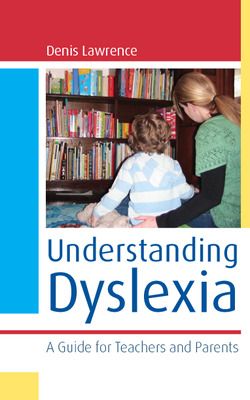Understanding Dyslexia: A Guide for Teachers and Parents
Receive via shipping:
- Colour, print bound version of the complete text
Introduction
The history of dyslexia
Characteristics of dyslexia
Defining dyslexia
Dyslexia and other specific learning difficulties
Teaching the dyslexic child
The causes of dyslexia
Assessing dyslexia
Understanding a psychological report
Self-esteem and the dyslexic child
Maintaining self-esteem in parents and teachers
Society's attitudes towards dyslexia
Glossary
Appendices
Index
References
Professor Maggie Snowling, University of York, UK
"[This book is] a very readable introduction and guide covering theories of dyslexia and important areas of practical importance to those living with dyslexia or providing support for them."
J.B.Thomas, Loughborough University, UK
Dyslexia affects at least ten per cent of children and is the most common special educational need that teachers encounter. However, the characteristics of dyslexia can mean that it is often confused with other learning difficulties.
Whether you are a teacher or a parent, this easy-to-read book helps you to understand what is meant by 'dyslexia', providing clear guidance for identifying the signs and outlining practical strategies for helping and supporting dyslexic children.
As well as examining current popular definitions of dyslexia, the book offers a fresh definition, based on current research. Each chapter helps you to understand the unique challenges faced by dyslexic children in their learning of literacy skills and shows that the combined efforts of parents and teachers really can make a difference.
Key features include:
- Coverage of the most popular methods used in the assessment of dyslexia
- Strategies and techniques to help dyslexic children develop their literacy skills at school and at home
- A focus on how to enhance and maintain self-esteem in dyslexic children
- A look at other specific learning difficulties that overlap or can be confused with dyslexia
- Discussion of society's attitude towards dyslexia and the need for further understanding of the concept

